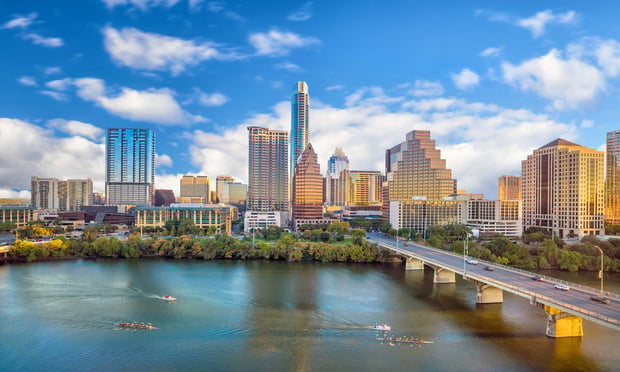At the end of each year, The Boulder Group surveys to get a sense of what they expect in the year ahead. With COVID-19 throwing the global economy into a tailspin, the firm decided to send out the survey early.
"The majority of the time, at least in the last ten years, we've done different versions of this, and it has always pointed down or the same [for cap rates]," says Randy Blankstein, president of The Boulder Group. "People are generally optimistic by nature."
What The Boulder Group found this time was something different. Eighty percent of respondents expecting rates to rise, with 43% expecting an increase of up to 19 basis points.
"We've been in a declining interest-rate environment for multiple years," Blankstein says. "So the fact that people think cap rates are going up is very unusual. But it's very specific to COVID and specific to tenants' financial performance. This is a winners and losers' market. I think the winners seem to get narrower and narrower."
Making things even harder to predict is that performance can vary dramatically within the same company.
"Your average retailer hasn't done that well during COVID," Blankstein says. "You even see it within individual retailers. Starbucks did great with drive-through locations, but their inline locations were gigantic underperformers."
Already, investors are becoming more conservative by seeking properties with investment-grade rated tenants and minimal impact from Covid-19 in the second quarter, according to The Boulder Group. They shied away from non-essential businesses, such as movie theaters, fitness centers, soft goods retailers and sit-down dining.
Overall, The Boulder Group expects 2020 net lease transaction volume to be significantly lower than 2019 as a result of the impact of Covid-19. While the stabilization of the 10-Year Treasury yield in the second quarter provides investors with an attractive spread, they will still be carefully monitoring the market.
Right now, Blankstein says investors are waiting to get a feel for how retailers are going to perform over the next three months.
"The third quarter is going to be a wait-and-see quarter," Blankstein says. "Investors want to see what the numbers look like before they get in. They may want to see a bit more premium than they got before because they need to understand their new business model with COVID."
Blankstein doesn't see a lot of distressed situations in the market yet. He says the structure of net lease makes it very transparent who is having problems and who isn't. "The reality for net lease is either you are 100% occupied, and your tenants are paying rent, or they aren't," Blankstein says. "It's not like a shopping center where three of your five tenants are paying rent."
Still, Blankstein thinks the sector is surviving so far. "There are some tenants who are delaying payments or wanted some relief during times when they were 100% closed," he says. "I'd say that was a minority. But a lot of them have worked out structures to get them through."
Want to continue reading?
Become a Free ALM Digital Reader.
Once you are an ALM Digital Member, you’ll receive:
- Breaking commercial real estate news and analysis, on-site and via our newsletters and custom alerts
- Educational webcasts, white papers, and ebooks from industry thought leaders
- Critical coverage of the property casualty insurance and financial advisory markets on our other ALM sites, PropertyCasualty360 and ThinkAdvisor
Already have an account? Sign In Now
*May exclude premium content© 2025 ALM Global, LLC, All Rights Reserved. Request academic re-use from www.copyright.com. All other uses, submit a request to [email protected]. For more information visit Asset & Logo Licensing.








